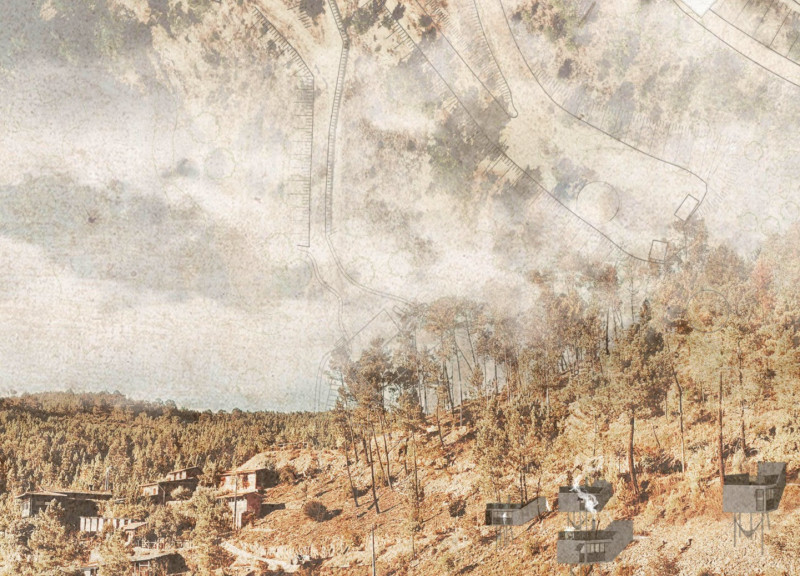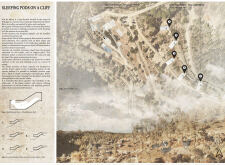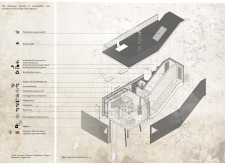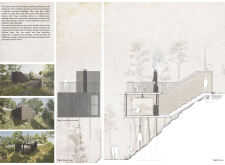5 key facts about this project
The project under analysis is a contemporary architectural design that embodies a synthesis of functionality and aesthetics. Situated in a carefully chosen location, it seeks to respond to the environmental and cultural context while adhering to modern architectural principles. The design effectively balances practicality with expressive forms, ensuring that it meets the needs of its users while contributing positively to its surroundings.
With an emphasis on sustainability, the project utilizes a range of materials that not only enhance its visual appeal but also improve durability and energy efficiency. The structural elements are designed with precision, integrating advanced engineering solutions to support its unique form. Furthermore, the site planning reflects an intentional approach to landscape integration, promoting both accessibility and engagement with the natural environment.
Innovative Facade and Material Selection
One of the defining aspects of this project is its inventive facade treatment. The use of [specific materials] creates a dynamic interplay of light and shadow, enhancing the building's visual interest while maintaining functionality. The facade acts as a filter between the interior and exterior, regulating natural light and offering varying degrees of transparency. This design choice not only contributes to the aesthetic quality of the architecture but also addresses thermal comfort, capitalizing on passive design strategies.
Additionally, the project incorporates local materials that resonate with the cultural identity of the area. This thoughtful selection supports regional economies and promotes sustainability by minimizing transportation-related impacts. The architecture reflects local craftsmanship while showcasing modern techniques, ensuring a harmonious balance between tradition and innovation.
Functional Spaces and Community Focus
The spatial organization prioritizes user experience through flexible layouts that adapt to various functions. Open-plan areas encourage collaborative activities, while designated private spaces ensure comfort and privacy. The design also incorporates outdoor spaces that foster community interaction, providing places for leisure and social gatherings.
The project serves multifaceted purposes, catering to both individual and community needs. By integrating multifunctional spaces and amenities, it enhances the usability of the building while promoting a sense of community. The approach emphasizes inclusivity, ensuring that the design accommodates diverse user groups and activities.
This architectural endeavor represents a forward-thinking approach to design, where sustainability, functionality, and aesthetic coherence intersect. The unique aspects of the facade, material selections, and spatial configurations highlight a commitment to innovation while respecting the surrounding context.
For those interested in further exploring the intricacies of this project, please review the architectural plans, sections, and designs presented. These elements provide deeper insights into the architectural ideas that define this remarkable work of architecture.



























